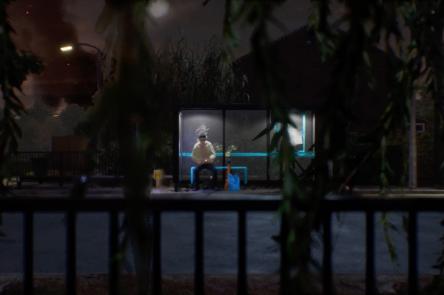
Now Play This festival of games and play returns from 6 - 8 April as part of the city-wide London Games Festival. We caught up with festival curators Holly Gramzio and George Buckenham to find out more about the event.
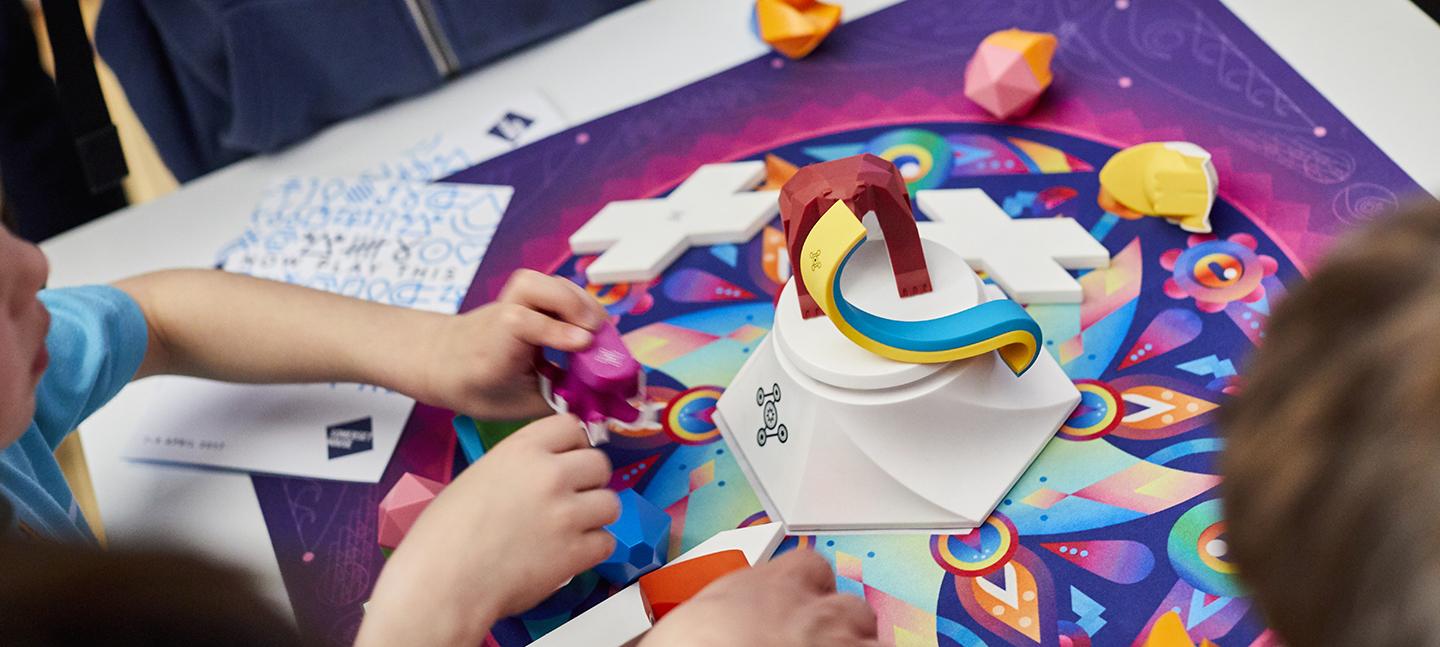
Now Play This festival of games and play returns from 6 - 8 April as part of the city-wide London Games Festival. We caught up with festival curators Holly Gramzio and George Buckenham to find out more about the event.
This year the festival is focussed on games that explore an idea of place. Can you tell us a little more about the theme?
HG: One thing that games are great at dealing with is a sense of place – digital games, especially, easily evoke a sense of being in a particular place. Just creating an environment you can parse, move around, interact with involves making a lot of very specific decisions about what kind of place you want to evoke – it’s no coincidence that one of the major artistic disciplines within game-making is level design, specifically the art of making a place within a videogame. So seeing all this rich work on place within videogames, we wanted to drill down into games that evoke specific places, that are doing interesting things with the interplay between the real place that already exists (with all its infinite detail) and the virtual (which necessarily abstracts and selects down).
And stepping away from videogames, something analogue games are often very concerned with is the places that they happen in. A lot of analogue games draw much of their strength from recontextualizing the environment you play them in, often drawing attention to aspects of their setting that you’d otherwise ignore. What does it mean to move around this space in particular, rather than some other space?
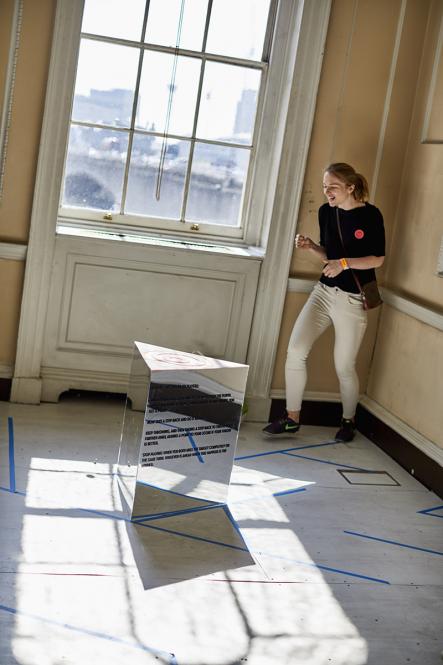
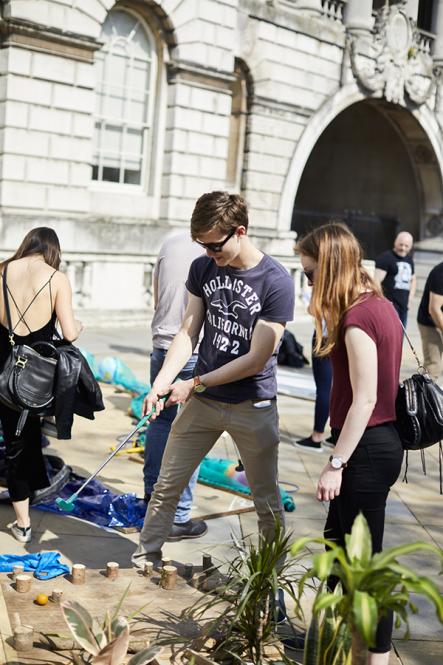
One of the featured games is The Loss Levels by Dan Hett, which draws on his experience of losing his brother in the Manchester Arena bombing last year. How do you think games can help us to understand the world around us?
HG: One of the interesting things about The Loss Levels, and some of the other games in this year’s festival, is that they’re using game structures to recount very personal experiences.
Games have always been great at helping people to understand systems and interactions and geographies and worlds, but in recent years they’ve been used more and more to communicate these personal moments as well.
GB: Part of this is because the tools for making games have become so much more accessible. There are even tools you can use in your browser, without having to download anything! That makes a real difference to how many people are going to try playing around and making a game – and whether it seems worthwhile to make something about a tiny moment you experienced once, or a park bench you really like, or even a dream you had the other night.
Games have always been great at helping people to understand systems and interactions and geographies and worlds
This is the fourth year you've staged the festival. What’s the most bizarre game you’ve encountered through the years?
HG: Maybe Restless Spirit Projector, which was a collaboration between illustrator Viviane Schwarz and Jonatan Van Hove. It filled a whole dark room, with little ghosts projected moving around the walls – to play you had to catch the ghosts in a hand-held mirror and reflect them into a trap. People would just be so astonished by the mechanics of how you play – they’d try to figure out whether the mirror was some sort of special new-tech 'miniprojector', even. But nope, it was just a mirror.
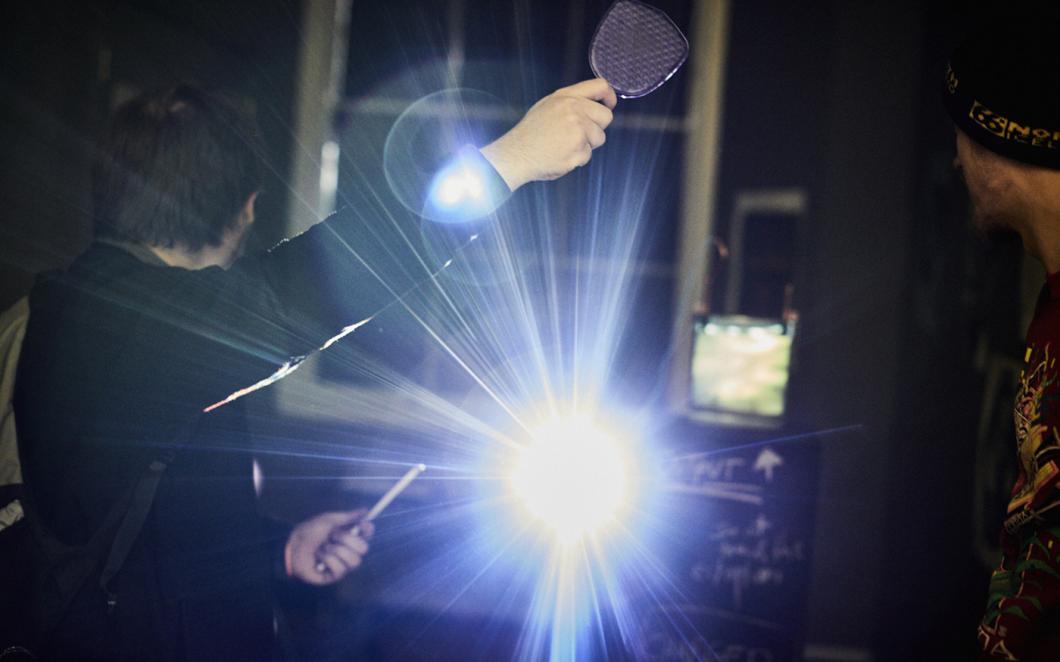
Do you have any advice for young game enthusiasts looking to start getting into game design?
GB: Just start making stuff! Read about the different tools you can use, look Look at Twine and Bitsy and Puzzlescript and Unity and Construct and whatever else takes your fancy. Try a few different tools; they won’t all suit you, but chances are there’s something out there that will.
HG: Try making a few small things first. One pitfall that people occasionally tumble into is that when they come to make their first game, they have these huge ideas that will take weeks or months or even years. And often they end up discouraged, because the idea is just too big - it’s like trying to write a novel without ever writing a shopping list first.
So: make some small things. See what you can make in an hour, or a day. See how that goes. And then you can allow that process of making small things lead you into larger projects, if you like.
And finally, what’s your all-time favourite game and why?
HG & GB: Oh, the answer to that changes pretty much every day! But there are a few games that we’ve really enjoyed seeing people play.
Pico Park, for example, by tecopark, is this ten-player co-operative videogame that turned big groups of strangers into instant friends. It was always brilliant to come into the room and see a group of people who didn’t know each other playing together, giving advice, yelling in triumph when someone managed something difficult.
Just Add People, by Invisible Playground and 72 Hour Urban Action, is an architecture game that gets people building structures in the real world – and watching that happen, and passers-by getting drawn in, is wonderful.
Or there’s Agata Nawrot’s Karambola, which is fairly long and gentle – it’s a world of gorgeous gently-animated fruit-people, and everything moves very slowly, and it’s often quite sad. We were worried that in the bustle of Now Play This it would get drowned out – but nope, people would sit down and play all the way through.
The fourth edition of Now Play This runs from 6 - 8 April 2018. Book tickets here.